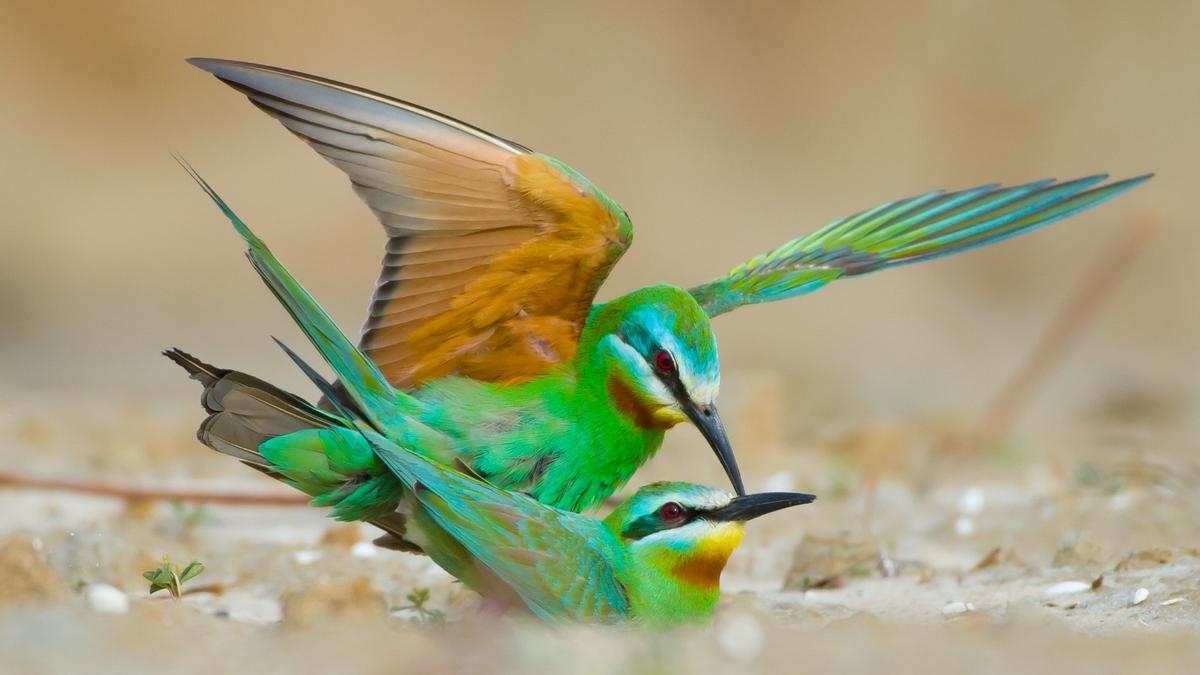Blue-Cheeked Bee-Eater Breeding Site
The Blue-Cheeked Bee-Eater (Merops persicus) has recently been confirmed to breed in peninsular India. This discovery was made in the saltpans of Aandivilai, near the Manakudy Mangroves in Kanniyakumari district.
Characteristics of the Blue-Cheeked Bee-Eater
The Blue-Cheeked Bee-Eater is known for its vibrant green plumage and distinctive blue cheek patch. It features elegant tail streamers that enhance its graceful appearance. Historically, this bird was a passage migrant and winter visitor in India. Its breeding habitats were primarily located in the Nile Delta, Pakistan, and Iran, while it spent winters in parts of Africa.
Discovery of Breeding Grounds
The breeding site in Tamil Nadu represents the southernmost range for this species in the Indian subcontinent. The study conducted from January 2022 to October 2023 involved surveys across the Pazhayar Basin, including Periyakulam, Manakudy Mangroves, Puthalam, and Aandivilai. Researchers observed a flock engaging in courtship behaviours and located their nesting sites along the saltpans of the Pazhayar river basin.
Breeding Behaviour and Population Growth
During the research period, the breeding season began with 28 birds. By the end of the study, 48 individuals were recorded, indicating successful breeding. The birds were consistently present at their nesting sites throughout the year, except in February. This data suggests a stable and growing population in the area.
Threats to the Breeding Site
Despite its significance, the Aandivilai nesting colony faces numerous threats. Habitat destruction from developmental activities poses risk. Although the site is within a Coastal Regulation Zone and a No Development Zone, it remains vulnerable to large-scale projects. Additionally, natural events like flooding and erosion threaten the fragile habitat.
Conservation Efforts
Experts have urged authorities to protect the nesting sites of the Blue-Cheeked Bee-Eater. This site serves as the only known breeding hub for the species in India. Conservation measures are crucial to ensure the survival of this bird in its newly established range.
Habitat and Behavioural Adaptations
The Blue-Cheeked Bee-Eater prefers sub-tropical semi-desert regions with sparse trees for breeding. It may nest solitarily or in small colonies. The species shows adaptability, sharing nesting sites with European Bee-Eaters. During the non-breeding season, it inhabits a variety of greener habitats, demonstrating its resilience.
Month: Current Affairs - February, 2025
Category: Environment Current Affairs








